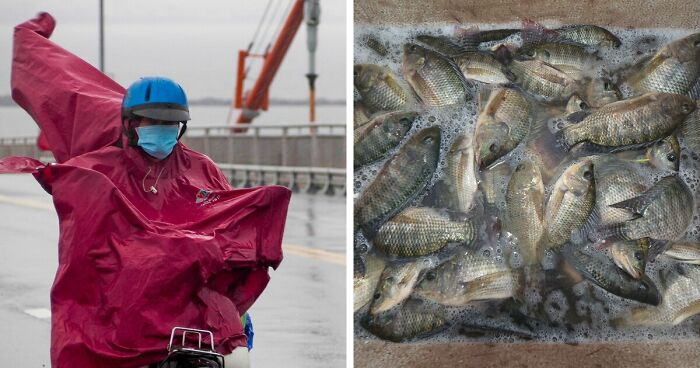
I Documented People Racing Against Time Before Typhoon Noul Hit Da Nang City In Vietnam
Tropical Storm Noul was a weak but very deadly tropical cyclone that affected central Vietnam. Noul originated from a tropical system in the Philippine Sea on September 15, 2020. The system was upgraded to a tropical depression later that day.
Noul made landfall between Quang Tri and Thua Thien-Hue provinces on September 18, 2020, before dissipating into a lowland remnant in Thailand later that same day.
In Da Nang, on September 17, 2020, many local people actively prepared for the storm. They strengthened their houses and stocked up on food. Coastal residents brought sea sand home to support roofs made of corrugated iron. The streets were emptier than usual in the evening.
After the storm, garbage accumulated on Da Nang beach in large quantities. This environmental problem has persisted for years, and sanitation workers have had to work hard to clean up the beach.
The photos were taken on September 17, 2020, by Khoi Studio. They were published in an online newspaper in Vietnam. If you are looking for a reputable documentary, press, and event photographer in Central Vietnam, please contact me via the website linked down below.
More info: khoi.studio
Local residents had difficulty traveling by motorbike across bridges due to high winds before the storm made landfall
People in coastal areas bring sea sand home to reinforce their roofs
Sea sand is placed in small bags, which are then tied up and transported home. These sandbags are laid on roofs covered with corrugated iron or tile
Schools and workplaces are temporarily closed to allow people to return home. Everyone, including teenagers, is involved in fortifying their homes
Trees along the streets are pruned to prevent them from being knocked down by strong winds
People stock up on food from bakeries, supermarkets, and grocery stores. They purchase dry items like bread, instant noodles, and bottled water
People in areas prone to flooding during storms cover their doors with large boards to prevent water and debris from entering their homes
Based on the weather forecast, local people undertake storm prevention activities a few days in advance, or at the latest, within the 24 hours preceding the storm’s landfall
High waves hit the coast of Da Nang as the storm moved inland
Coastal kiosks, not solidly constructed, are reinforced with ropes anchored to sturdy points like coconut tree trunks or heavy objects
Employees of coastal hotels urgently reinforced the doors, as most of them are made of glass
Before the storm hit, the Da Nang tourist beach was empty. Only a few tourists used their travel time for outdoor activities
Typhoons often make landfall in central Vietnam late at night. The mornings after the storms, fallen trees often block the roads
After the storm, garbage, which follows the flow from the rivers upstream, frequently accumulates on the coast of Da Nang. Sanitation workers often confront vast amounts of debris, including wood, trees, plastic, and more
After the storm made landfall, garbage mixed with fishermen’s fishing gear along the coast
Locals head to the estuaries or rivers to cast their nets and catch fish
In the area where the river meets the sea, locals catch a significant number of tilapia. They use it for food or sell it, as the quantity isn’t vast
5Kviews
Share on FacebookVery clear photos. Thank you for the narrative also, it helps to put it all in perspective. How intense to remember that this was happening during Covid. It must have been a scary situation.
Thank you for your profound sharing. That time is more scary because Covid is spreading. Wish you good times.
Load More Replies...Thank you for taking the time to share your thoughts. I'm very grateful for that.
Load More Replies...Really interesting! Impressive how everyone knows what to do and works together for it. Thank you for sharing!
Thank you for your profound thoughts. Have a good day.
Load More Replies...Very clear photos. Thank you for the narrative also, it helps to put it all in perspective. How intense to remember that this was happening during Covid. It must have been a scary situation.
Thank you for your profound sharing. That time is more scary because Covid is spreading. Wish you good times.
Load More Replies...Thank you for taking the time to share your thoughts. I'm very grateful for that.
Load More Replies...Really interesting! Impressive how everyone knows what to do and works together for it. Thank you for sharing!
Thank you for your profound thoughts. Have a good day.
Load More Replies...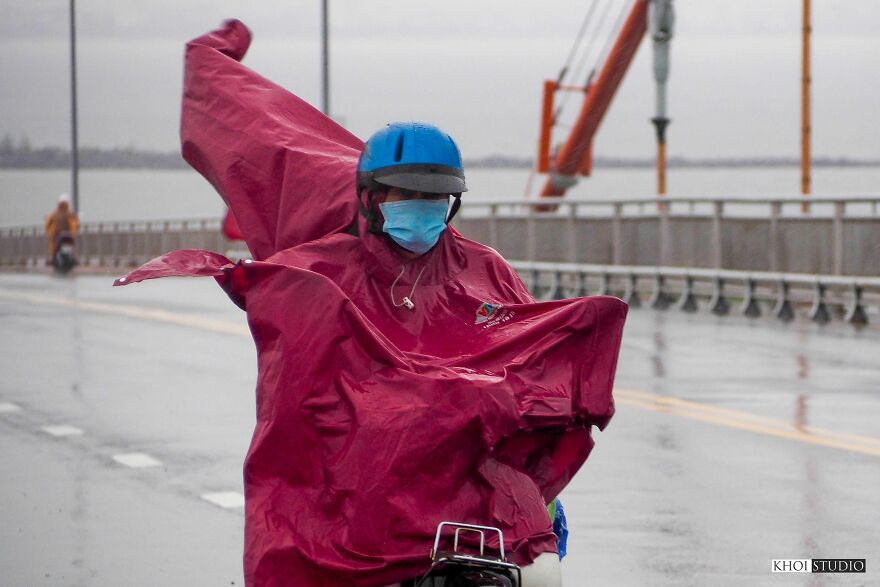
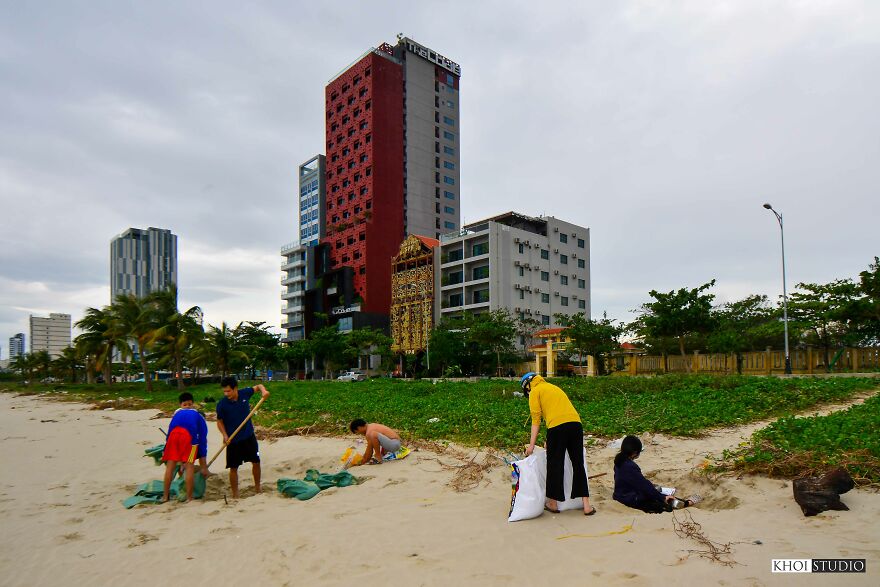
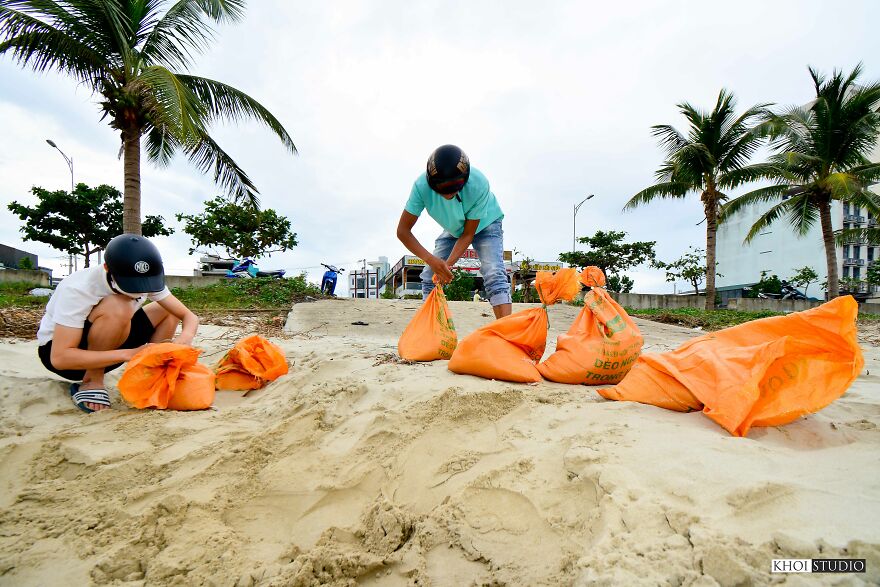
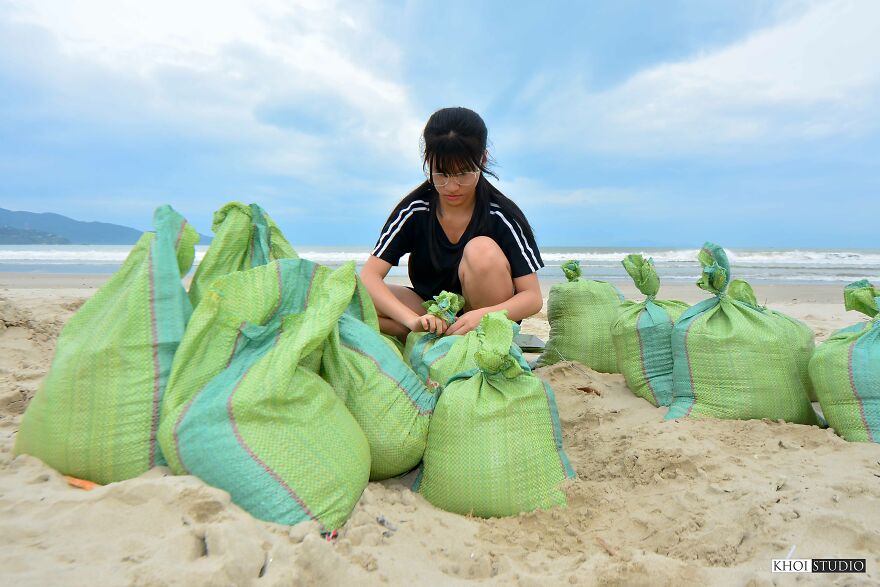
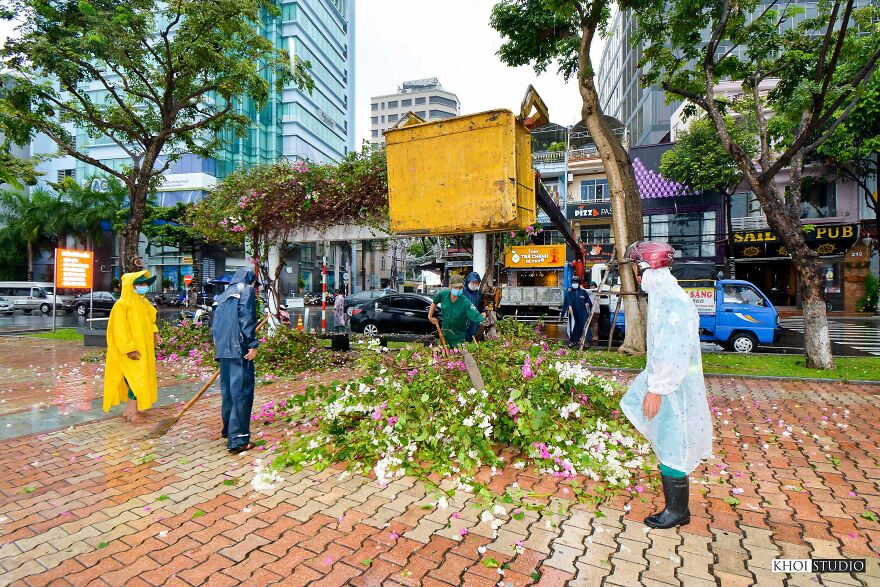
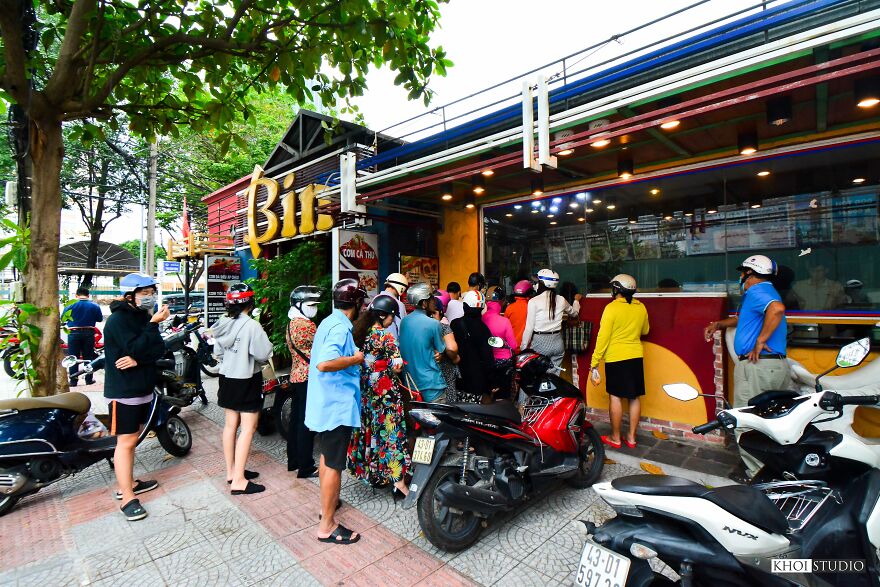
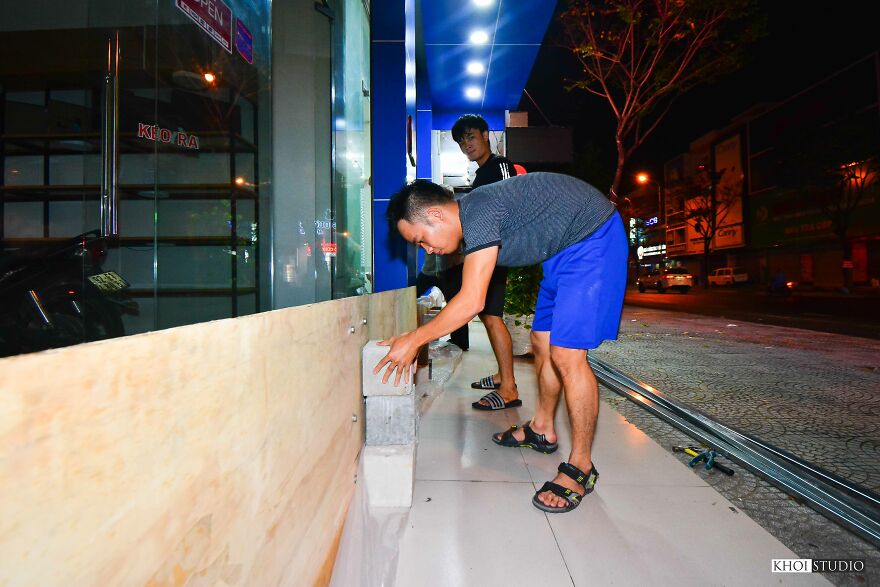
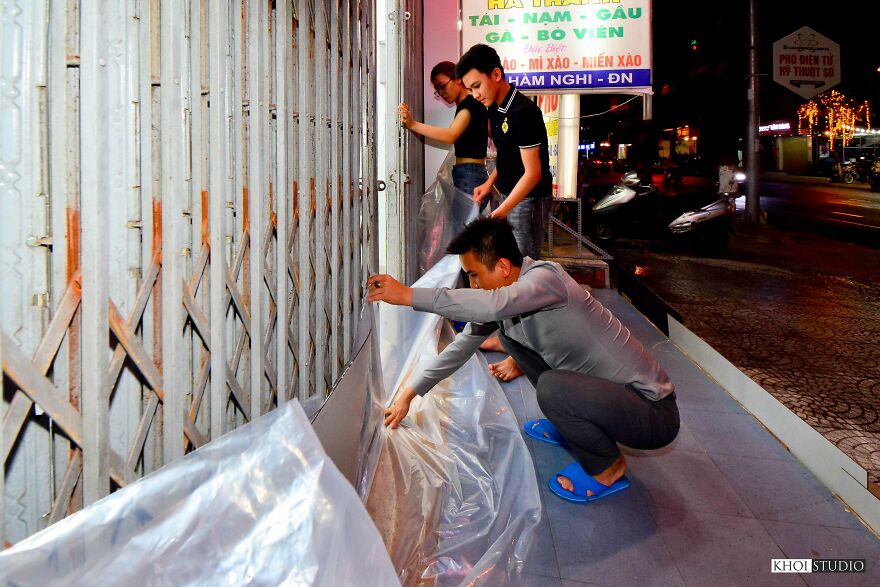
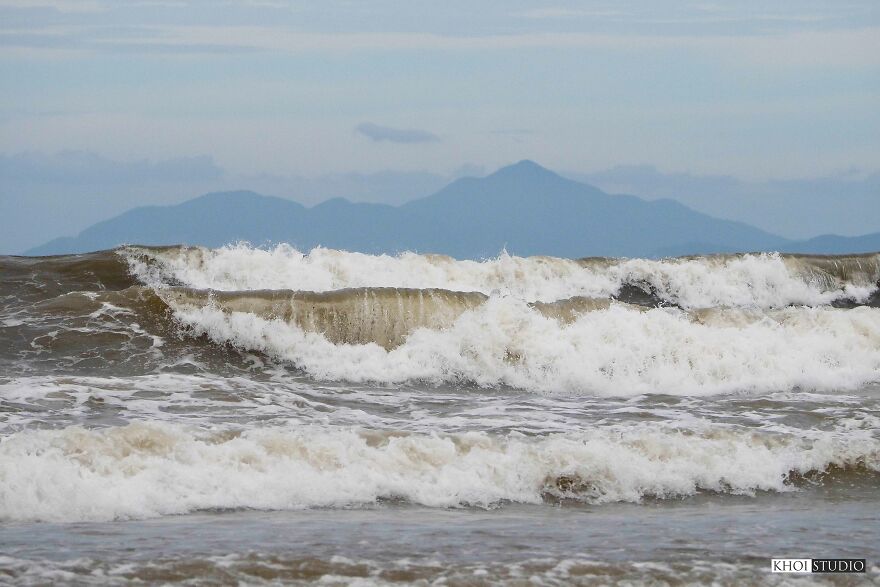
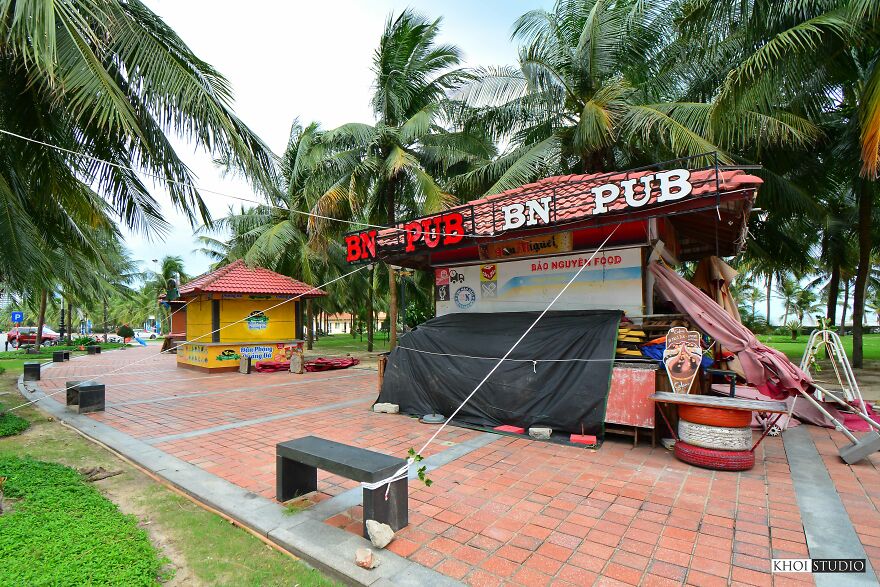
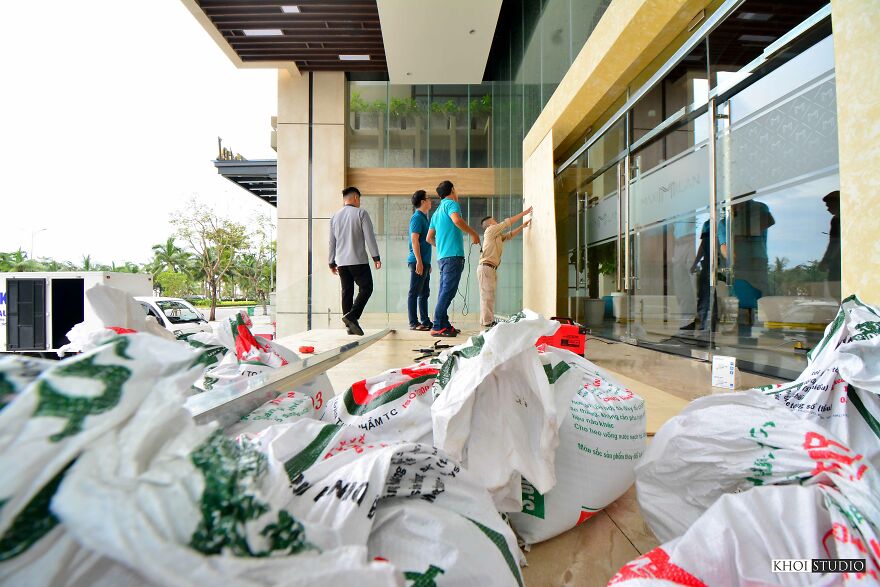
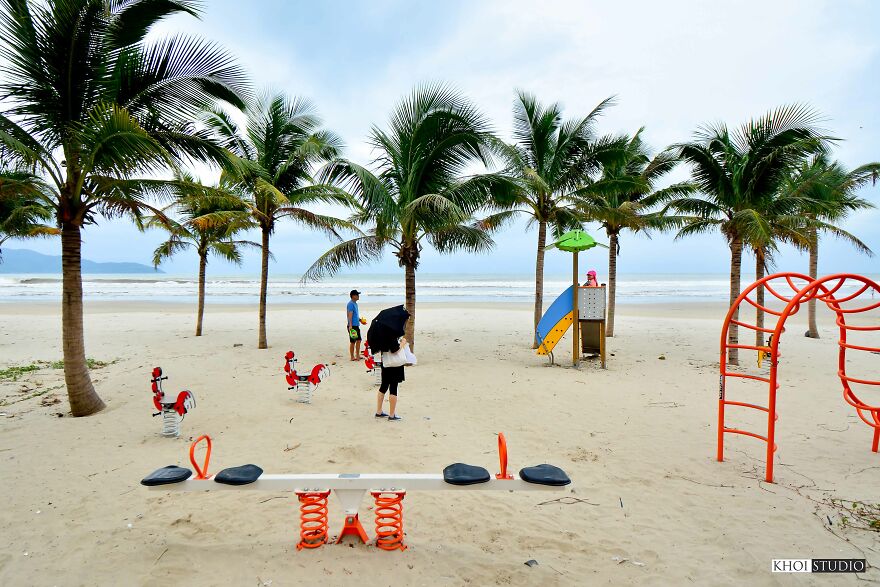
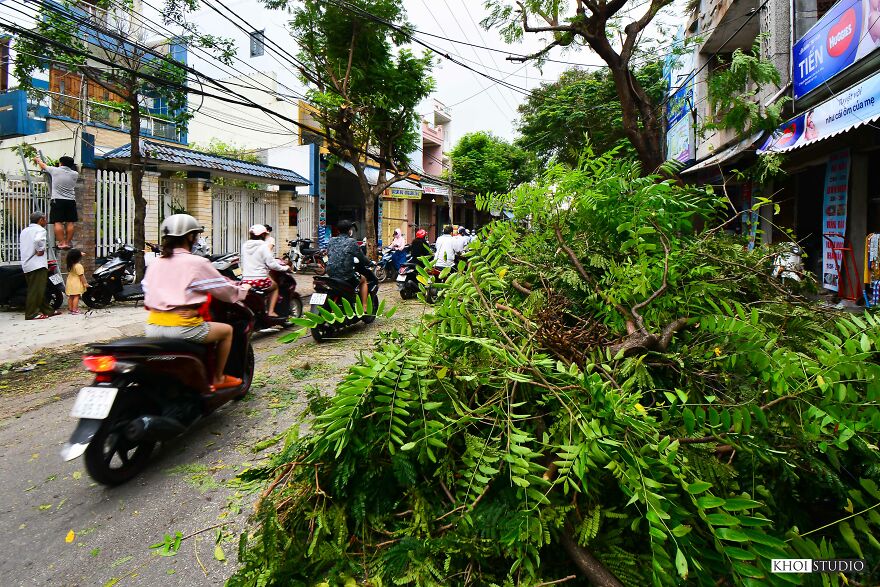
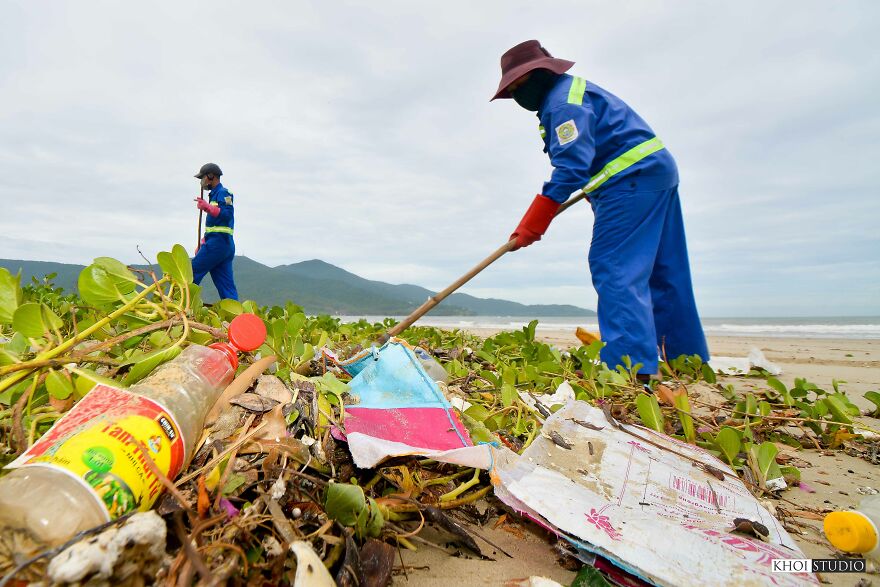
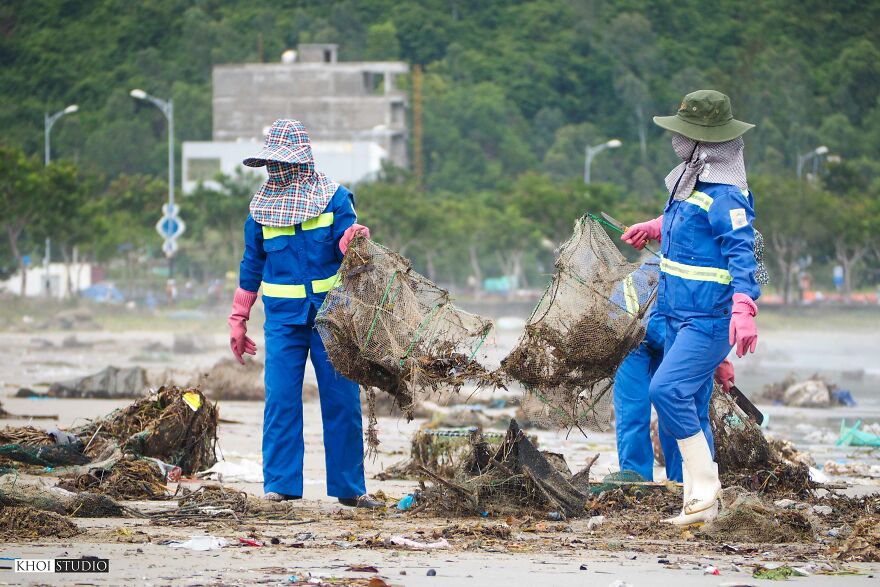
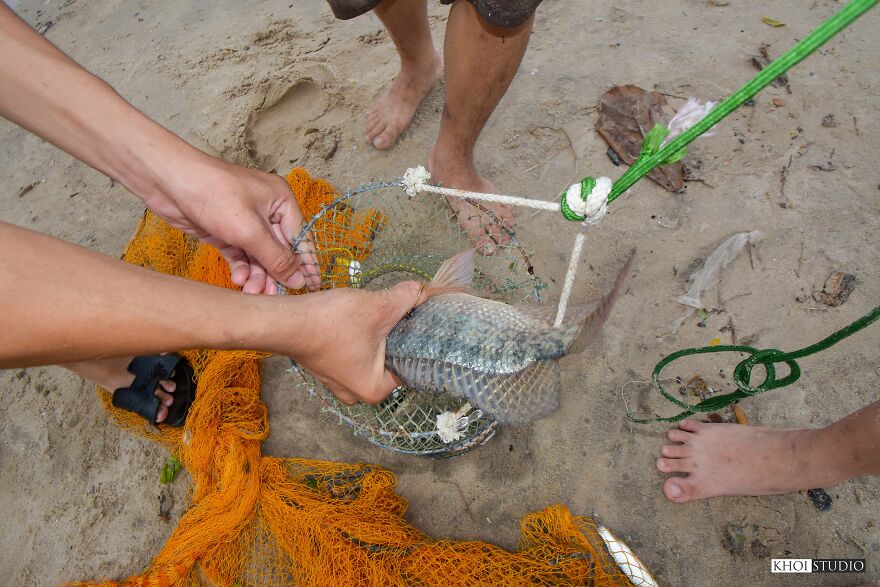
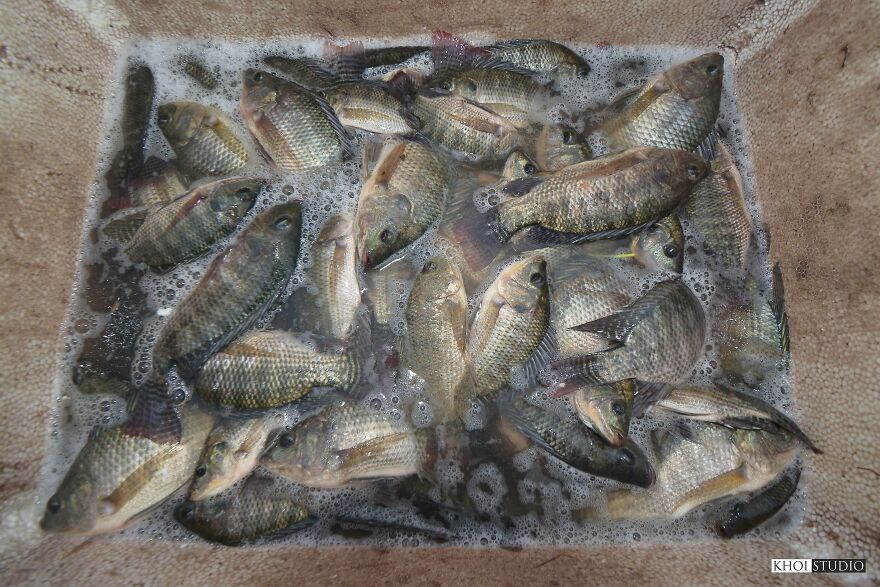




50
9